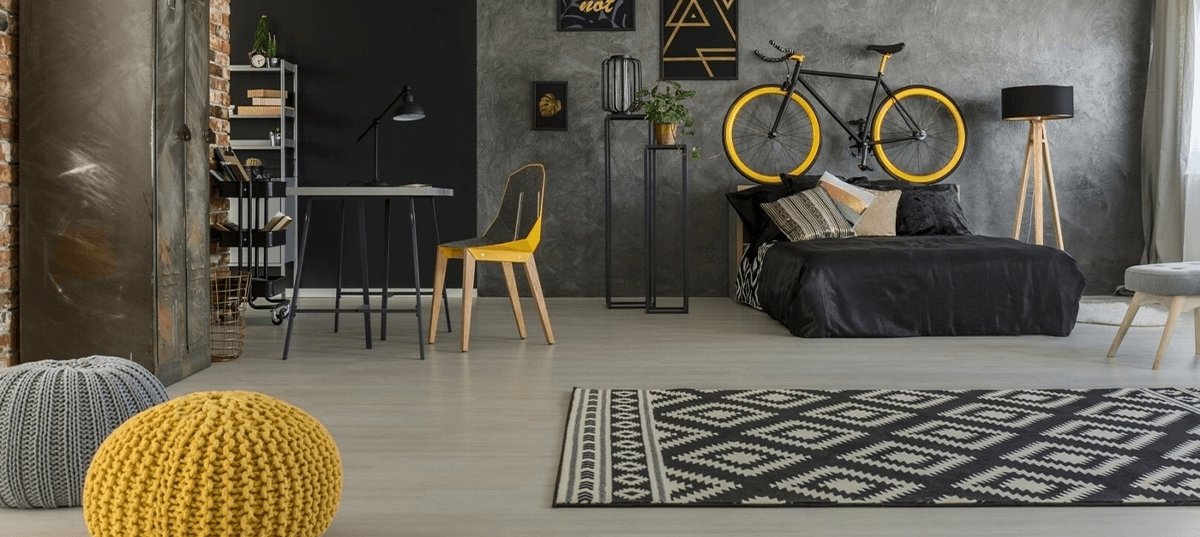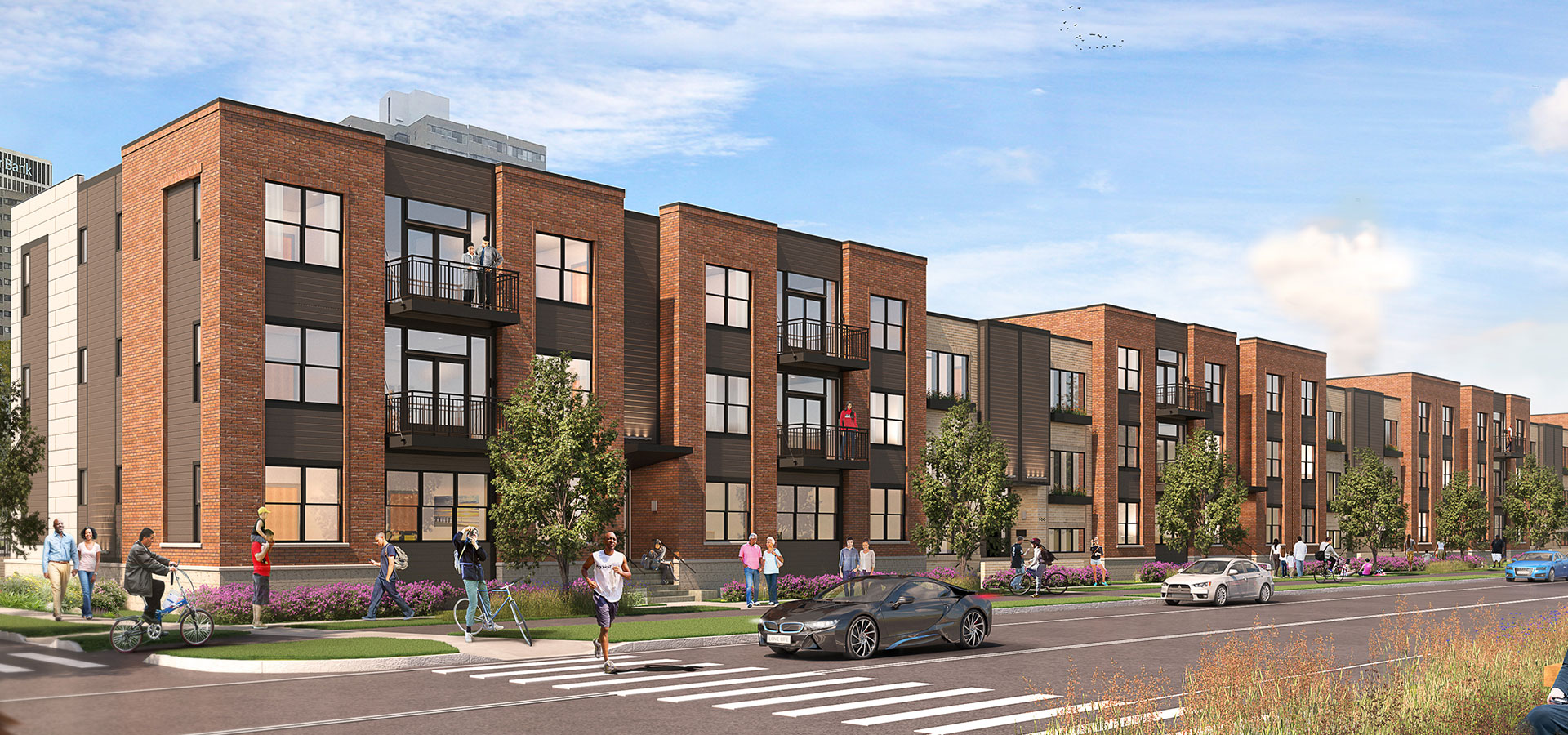Organic Brutalism Décor? It’s Really a Thing.

August 2022
You’re probably familiar with minimalist décor and if you like the clean, uncluttered feel of it, you just might like brutalism. While the name is harsh, it is a pretty good reflection of the style. You can think of it as minimalism with an industrial feel.
Brutalism emerged in the 1950s as a post-World War II style of architecture. Common elements were unpainted concrete, exposed brick, glass and metal. As a style, its mostly about striving for the rawest, most honest, and functional space possible. There’s virtually no adornment and few if any curves.
Key Elements
- Use of materials like concrete, glass, and metal
- Maintaining an open feel with no unnecessary ornamentation.
- Large statement pieces – so few small or decorative items
- Neutral palettes with lots of tan, gray and white. Although a bolder accent color or two can be included.
Love or Hate
There’s pretty much no in-between when it comes to brutalism. Either you love it or can’t stand it. It tends to resonate with people who hate clutter, love the clean lines and lack of decoration in minimalism, and have an appreciation for architecture. If, on the other hand, you love soft, cozy, or rustic rooms that have lots of small, decorative elements, you’ll probably find brutalism cold and soulless. If you love it and want to decorate your apartment or townhome in the style, here’s how.
How to Do It
- While VIDA’s interior walls don’t feature exposed concrete or brick, you can have the next best thing… in vinyl. There are a variety of peel and stick wallpapers available that require no adhesive and remove cleanly. Best of all, they look just like concrete or brick.
- Add metal and glass furniture. When it comes to metal, choose oxidized or aged designs versus chrome or polished metal.
- Fabrics should be highly textured.
- Use raw, textured surfaces. Unpolished woods, terracotta pots, and stone always work well.
- Your color pallet should make heavy use of white, gray, tan, and black. If you use any accent colors, have just one or two and make them bold.
- Maintain a minimalist approach. Everything should have a function, so no knickknacks. Maintain lots of open space. While you can certainly have shelves, use them to hold functional items, not decorative ones. Art on your walls is also fine, but try to use it to create contrast with strong accent colors or be completely neutral and blend in to your walls.
Photo Credit: Foter
